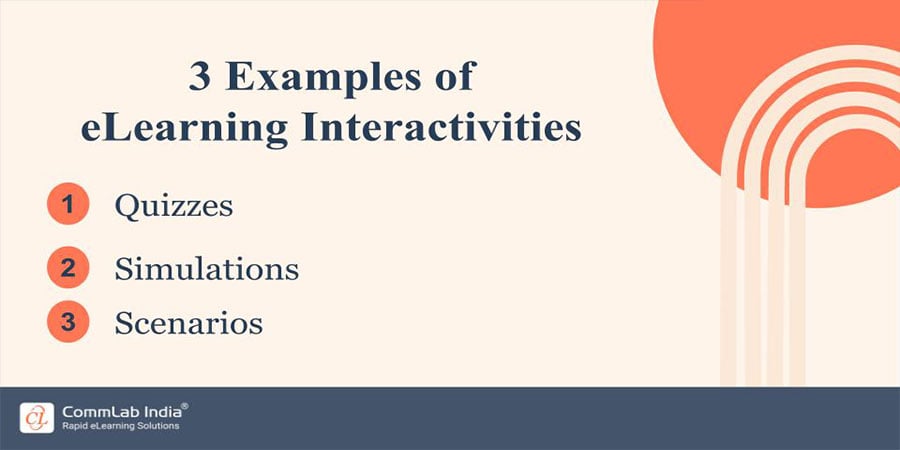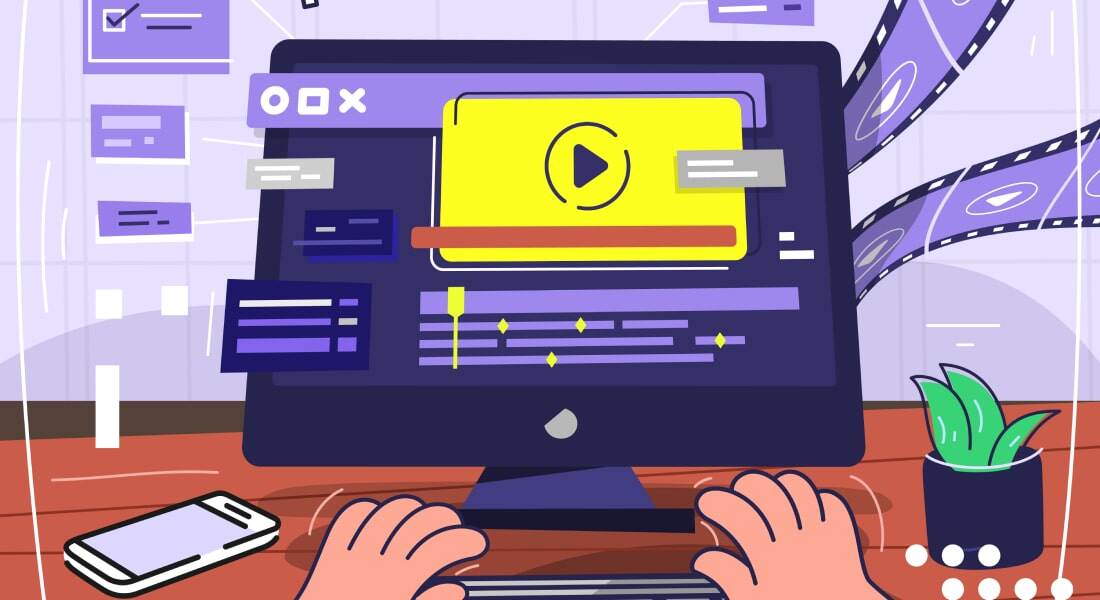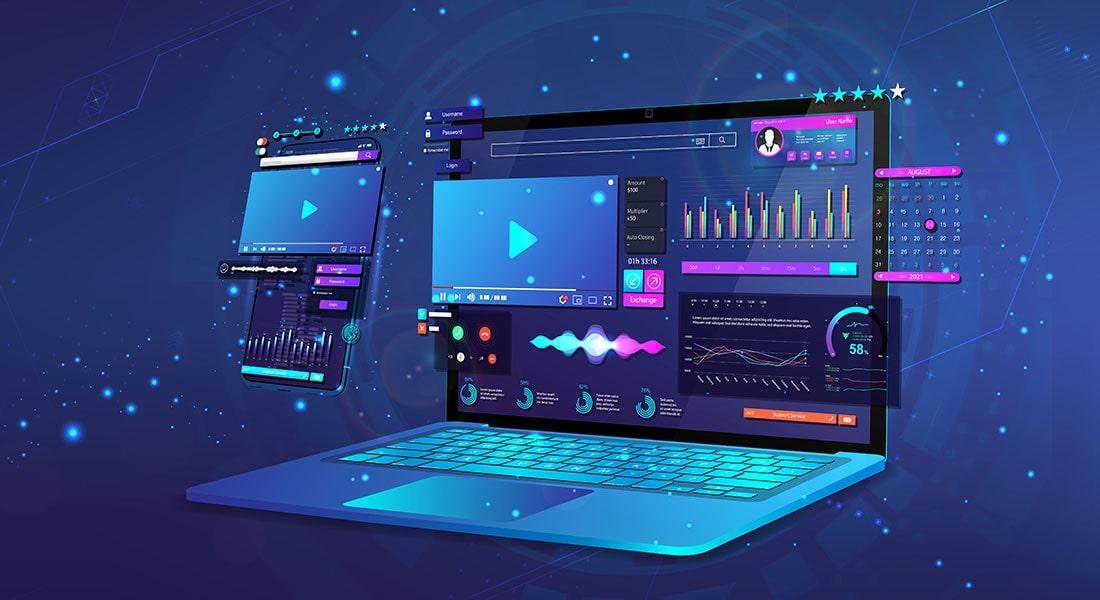10 FAQs on Video-based Learning in Corporate Training

Do you know why most organizations fail to provide effective corporate training? Because in today’s digital era, they miss out on leveraging the power of videos.
Videos have become an integral part of modern-day learners’ life. Be it their social, personal, or professional life! The days of lengthy, mundane training sessions that seem to stretch into eternity aren't their cup of tea (or coffee). The new-age workforce thrives on dynamic content that engages, inspires, and empowers. And this is where video-based learning steps in with its captivating blend of visuals, audio, and interactivity. It's not just about watching – it's about experiencing learning in a whole new dimension.
But integrating video-based learning into your corporate training to ensure effective and desirable results isn’t all that simple as it sounds. It comes with a plethora of questions ranging from something as simple as the importance of video-based learning to how to ensure effective video-based learning for the learners.
10 FAQs on Video-Based Learning!
Check the list of questions below and read on to find the answers:
- What is video-based learning?
- What are the benefits of video-based learning?
- What are the challenges of video-based learning?
- What are the different types of video-based learning?
- How to create an effective video for learning?
In this blog, we’ll cover the 10 FAQs on video-based learning. Read on to find answers or even know what common doubts people in the industry are having. So let’s begin!
10 FAQs on Video-based Learning: ANSWERED!!
1. What is video-based learning?
Video-based learning is a method of delivering training content through videos. You can use these videos to train your employees on a variety of topics such as coding, communication skills, negotiation techniques, etc. Whether it is onboarding or product training or sales enablement or any other form of training, leveraging videos definitely augments the learning experience for the learners. Videos are a great way to explain concepts, demonstrate procedures, or simply provide information to the learners.
→ Access Now: Unleashing the Potential of AI in Corporate Training
2. What are the benefits of video-based learning?
Video-based learning offers you a variety of benefits. Some of them are listed below:
- Boosts learner engagement: There is no doubt that videos are a more engaging way to learn than the traditional text-based learning materials. Videos include both audio and visual elements, so they capture the attention of learners and keep them engaged, thereby increasing the completion rates.
- Improves retention: Since videos include both the audio and visual element, they offer a multi-sensory, immersive learning experience which promotes active learning and improves retention rate among the learners.
- Flexibility: Learners can access videos from their location at any time. This helps them take up the training course at their own convenience.
- Cost-effectiveness: Videos can help you save cost as a single video can be shared with multiple learners. Moreover, if you need to change or update anything in the video, you can simply modify it instead of having to discard all the previous training materials and spending money on creating new training material from scratch. Apart from that, videos are often shared on a learner's device so you can even save the delivery cost by opting for video-based learning.
- Allows revisiting the material: Video-based learning enables learners to revisit the concepts and play the videos as many times as they want to ensure they have understood the concept properly.
3. What are the challenges of video-based learning?
“There’s no rose without thorns.” Similarly, even though there are plenty of benefits of video-based learning, there are some challenges too. Given below are some major challenges in video-based learning.
- Production costs: Based on your specific requirements, producing high-quality, learner-centric videos can be heavy on the pocket during the start. You need to gather a team of instructional designers and SMEs. Moreover, you will also need to invest in relevant tools and technology such as video creation and editing softwares, video analytics tools, etc. This is both a time-consuming and investment-heavy task. If Outsourcing is always an option.
- Technical requirements: Learners can have access to mobile phones and basic understanding of using the tech gadgets. But let’s accept it. Not everyone has the technical know-how to operate the devices, or at times they might not understand why the video is not working properly. This can, at times, hamper the learning experience and pose a challenge in video-based learning.
- Attention span: Although watching videos can be fun, there's a catch. Reducing attention spans among learners makes it difficult for them to watch long videos. Therefore, keep your videos short, concise, and interactive. In other words, you can leverage microlearning videos.
- Distractions: Learners may be easily distracted while watching videos, such as by notifications on their phone.
- Finding information in videos: This is a major challenge for learners in video-based learning. This is particularly stressful when the learners need to access the information urgently.
4. What are the different types of video-based learning?
Nowadays, videos come with different names and sizes. Each has its specific trait that sets it apart from its counterpart. You can leverage different types of videos for your video-based learning. Some of the common (and popular) ones are:
- Explainer videos: As the name suggests, this video type aims to explain a concept or process in a clear and concise way.
- Tutorial videos: Tutorial videos focus on teaching the employees how to do something. It can be a tutorial video on operating a tool, using a software program, starting a particular device, etc.
- Demonstration videos: These videos show learners how something is done. Imagine your learners have a question like “How to create a video using Vyond Go?” Well, you can use a demonstration video to answer the question. A demonstration video takes the learner on a step-by-step journey to answer their question. The visual element makes learning more immersive and effective. Overall, demonstration videos help learners understand how to do something by watching others do it.
- Case study videos: These videos are used to present learners with real-world corporate examples of a concept or process. It augments their analytical understanding and application of the idea being discussed.
- Interview videos: Who wouldn't want to learn from experts, right? Well, not everyone gets to meet and learn from them in person, using interview videos is a great way to promote learning among the employees. You can integrate expert interview videos on various topics.
- Gamified videos: Gamified videos add fun and engagement in learning as they incorporate game elements in videos. Check out the infographic below to know some common game- elements that can be used in videos.

5. How to create an effective video for learning?
Creating effective videos isn't a child’s play. It requires proper planning and implementation to attain the desired outcome. With that said, some things act as a making and breaking point for an effective video. A few things to keep in mind when creating an effective video for learning are given below:
- Make sure the video is relevant, clear, and concise.
- Use visual aids to help explain concepts.
- Keep the video engaging and interesting. To do so, you can include multimedia elements and eLearning interactivities.
- Use a simple and conversational style of narration.
- Solicit learner feedback and modify the videos accordingly.
6. What are the best practices for video-based learning?
The five best practices for effective video-based learning are as follows:
- For maximum results, use videos to supplement other training methods like Virtual Instructor-led Training (VILT)or blended learning.
- Make sure the videos that are presented to the learners or are included in the training program are well-aligned with the overall learning objectives.
- Ensure the videos are multi-device compatible to promote accessibility.
- Track the learners' progress and provide feedback.
- Include interactive elements in the videos to keep learners engaged. Check out the infographic below to some popular examples of eLearning interactivities.

7. What are the tools and resources available for video-based learning?
There are a number of tools and resources available for video-based learning, including:
- Video editing software: Adobe Premiere Pro, Filmora
- Screen recording software: Camtasia, OBS Studio
- Online video hosting platforms: Vimeo, Brightcove
- Video analytics tools: Wistia
- Video collaboration tools: Zoom, Microsoft Teams
8. How to evaluate the effectiveness of video-based learning?
There are a number of ways to evaluate the effectiveness of video-based learning, including:
- Pre and post assessments
- Learner surveys
- Focus groups
- Return on investment (ROI) analysis
Check out the video below to gain an in-depth understanding of evaluation of training effectiveness.
9. What are the top 5 video-based learning formats for employee training?
- User-generated videos
- Microlearning videos
- Personalized videos
- Interactive videos
- 360-degree videos
10. Where Can You Leverage Video-based Learning?
You can leverage video-based learning for the following corporate trainings:
- Leadership training
- Onboarding training
- Product training
- Sales enablement training
- Compliance training
- Technical training
- Sustainability training
- Soft skills training
Parting Thoughts!
With changing times, learning has evolved too! From the good-old days of acquiring knowledge through text-books to today’s fast-paced digital learning through mobile phones, the world of learning and development has come a long way. And in all this journey, video-based learning has been an effective approach for corporate training. With AI coming into picture, it’s going to be a whole different story. It holds the potential to level-up the video-based learning as well as the overall corporate training. Learn more about the potential of AI in corporate training in our webinar below.





